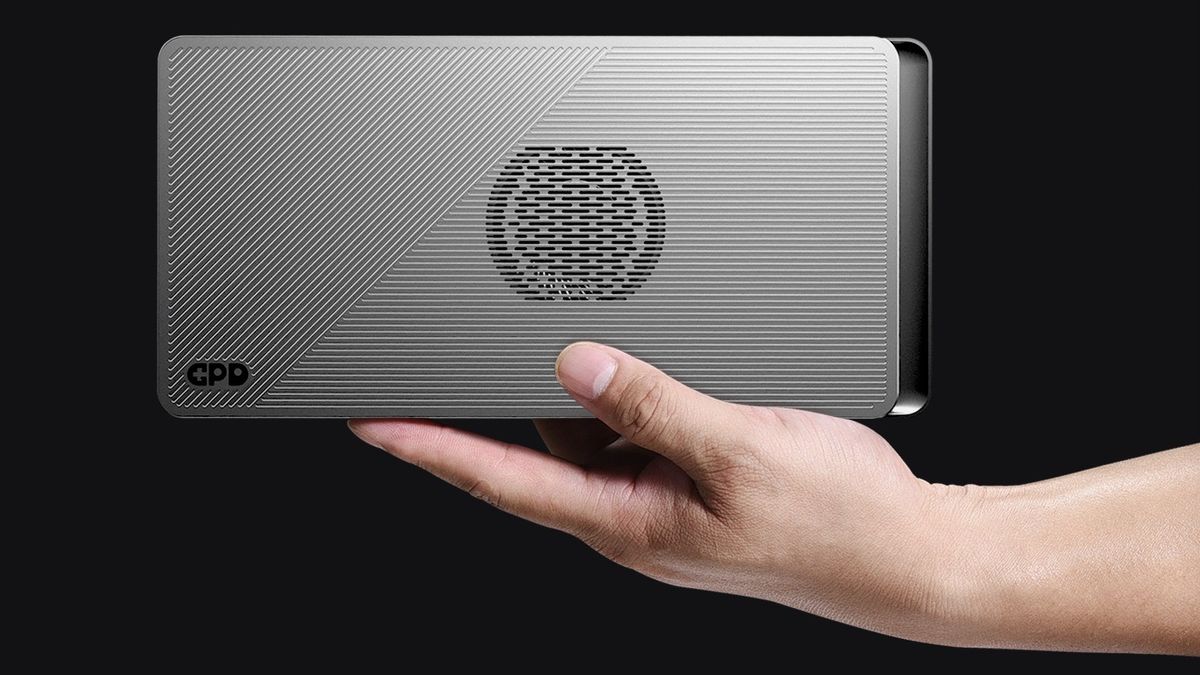
GPD’s ‘GPU box’ might be one of the most effective ways to give your laptop the graphical upgrade it needs without shelling out for a new machine, or replacing the GPU yourself.
The GPD G1 looks more like a docking station than anything else and actually may serve as one, given the plethora of ports it offers. But it comes with the added bonus of souping up your machine’s graphical capabilities.
Weighing 867g, and measuring 225 x 111 x 30mm, the lightweight GPU expansion unit includes a Radeon RX 7600M XT GPU armed with 8GB GDDR6 memory.
The Japanese publication PC Watch, which tested the device, claims its performance is close to the excellent Nvidia GeForce RTX 3070 graphics card – which is hardly a slouch.
The performance-boosting GPU box
Benchmarking by PC Watch shows the effect it had in boosting gaming scores on a ThinkPad X1 Carbon Gen9 enterprise notebook, equipped with an Intel Core i7-1165G7 CPU running Windows 11 Pro.
When benchmarked against Final Fantasy XV Windows Edition, the system registered a score of 1,373 when not connected to the GPD G1, rising 590% to 8,900 when connected. The Blue Protocol benchmark also surged from 2,319 – “below minimum hardware requirements” – to 11,937 – “Excellent”.
The site achieved these results on the ThinkPad’s built-in display, with the score dropping by 30% when connected to an external display with a 2,560 x 1,440 pixel resolution via HDMI.
Testing using PCMark 10 and PCMark 10 Extended then followed, to demonstrate what effect the addition of the GPD G1 could have in more day-to-day office settings. Scores climbed by 17% for the former and 51% for the latter – demonstrating the impact of this particular external GPU was significant.
Testing with Procyon’s Office Productivity Score, with benchmarking done against Microsoft Office apps including Excel, Word, PowerPoint, and Outlook, generated a boost of 6.1%.
Not only does it offer a performance boost, but it also doubles as a docking station, making it the perfect companion to today’s best business laptops – many of which lack the range of connectivity options enterprise users need.
Beyond the Radeon RTX GPU, included with the unit are three 3.2 USB-A 3.2 ports, an SD card reader, two DisplayPort 1.4 ports, an HDMI 2.1 port, alongside an OCuLink port, and one USB 4.0 port. The downside? There’s just one USB Type-C port with power delivery – and no ethernet connectivity.
More from TechRadar Pro
Services Marketplace – Listings, Bookings & Reviews
